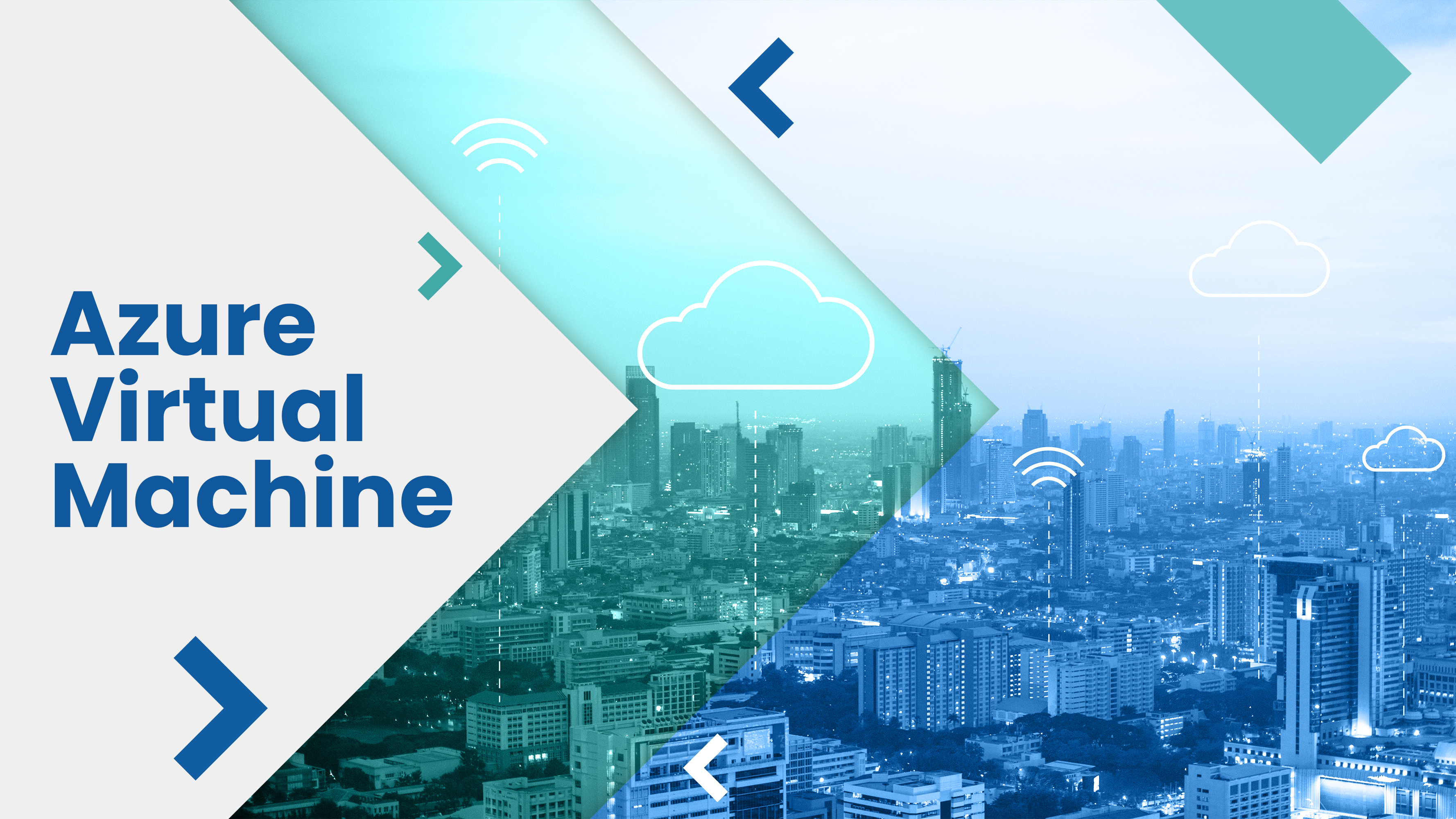Beyond the Basics: Unlocking the Full Power of Azure Virtual Machines in 2025

In the fast-evolving world of cloud computing, Azure Virtual Machines (VMs) remain a cornerstone for organizations needing full control, high performance, and flexible workload hosting. Despite the rise of containers and PaaS, VMs continue to offer unmatched versatility, configurability, and compatibility—especially when dealing with legacy software, compliance-heavy environments, or custom hardware needs.
This article explores how modern Azure VM features in 2025 enable organizations to go beyond “lift-and-shift” and leverage VMs as strategic cloud assets.
🔍 Why Azure Virtual Machines Still Matter
While serverless is great for stateless microservices, many real-world workloads still need:
-
Custom kernel drivers
-
Persistent local storage
-
GPU acceleration
-
Deep OS-level access
-
Long-running background services
This is where Azure VMs shine, offering over 600 SKUs across Windows, Linux, GPU, confidential compute, and memory-intensive workloads.
🚀 2025 Highlights: What's New in Azure VMs?
✅ 1. Azure Boost: Cloud VM Acceleration
Azure VMs now leverage Azure Boost, a hypervisor-side offloading engine that:
-
Reduces I/O latency
-
Increases network and disk throughput
-
Improves VM boot times
Especially useful for finance, gaming, or healthcare workloads with intense read/write operations.
🔐 2. Confidential VMs with AMD SEV-SNP
Need to process sensitive healthcare or financial data? Confidential VMs now support AMD SEV-SNP, isolating workloads from the hypervisor and even Microsoft itself.
-
Memory encryption
-
Guest attestation
-
Ideal for multi-tenant SaaS, analytics, and regulated apps
📦 3. Gen2 VMs with Trusted Launch & Secure Boot
Secure by default: With Trusted Launch, Gen2 VMs now include:
-
TPM-backed Secure Boot
-
Boot diagnostics with attestation
-
Protection against rootkits and boot malware
These are essential for organizations with zero trust and compliance mandates.
🔧 Practical Use Case: Hybrid AD Domain Controller
Many enterprises still need Active Directory Domain Controllers (DCs) that sync on-prem identities with Azure.
Using Azure VMs, you can:
-
Deploy a Windows Server 2022 VM
-
Join it to your Azure VNet
-
Promote it as an additional DC using
dcpromo -
Enable Azure Backup and Azure Site Recovery for resilience
💡 Pro Tip: Run this DC in an availability zone for fault tolerance, and set DNS Forwarders to your on-prem servers.
🌍 Real-Time AI Model Serving on GPU VMs
Azure’s NC-series and ND-series VMs support GPU workloads for:
-
Stable Diffusion
-
Large language model inference (e.g., LLaMA, Mistral)
-
Medical image processing
Pair with Azure Machine Learning for scalable MLOps, and use Azure Files or Premium SSD v2 for blazing-fast storage.
GPT-4-based assistants, when deployed via VMs, can offer full control over token throttling, vector database integration, and logging.
💡 Developer Productivity Tips
-
DevBox on Azure VMs: Turn any VM into a fully managed dev workstation.
-
Use Azure VM Image Builder to create gold images (with pre-installed tools).
-
Add Just-In-Time VM Access via Microsoft Defender to protect against brute-force attacks.
-
Use Azure Arc to manage non-Azure VMs as if they were native Azure resources.
🔐 Cost Optimization Strategies
| Tip | Impact |
|---|---|
| Use Spot VMs | Save up to 90% for interruptible workloads |
| Enable Auto-Shutdown | Cut costs for non-production VMs |
| Apply Azure Reservations | Lock 1-3 year commitments for heavy VMs |
| Use Azure Monitor + Advisor | Right-size and optimize idle VMs |
| Track spend with Tags and Budgets | Improve cost governance across teams |
🏁 Conclusion: Azure VMs Are Evolving—Are You?
Far from being legacy, Azure Virtual Machines in 2025 are faster, more secure, and more integrated than ever. With innovations like Azure Boost, Confidential Compute, and Trusted Launch, VMs are now cloud-native powerhouses that bridge the past and future of IT.
Whether you’re running a 90s accounting app, serving an LLM model, or managing global Active Directory—Azure VMs give you the control, performance, and confidence to scale.